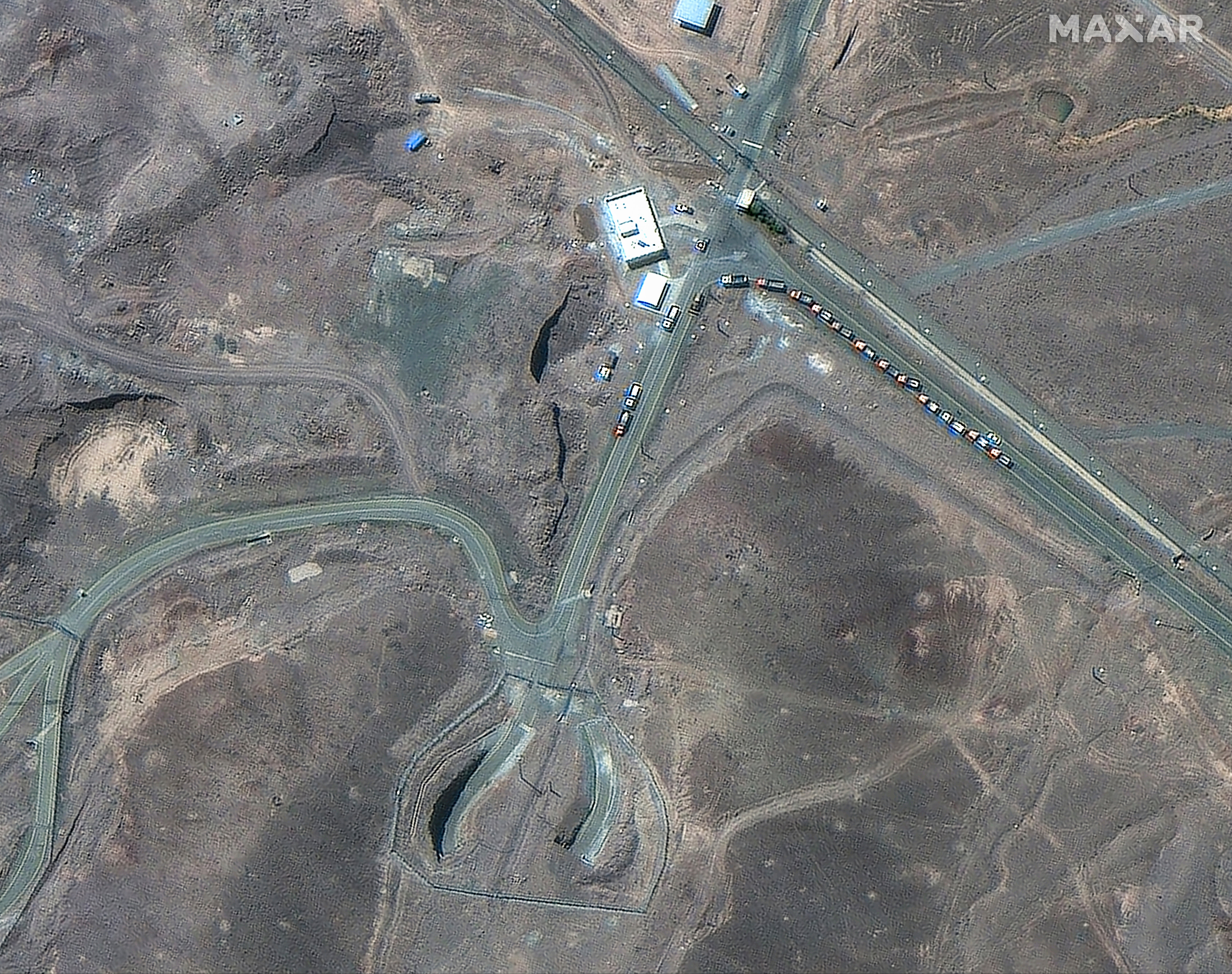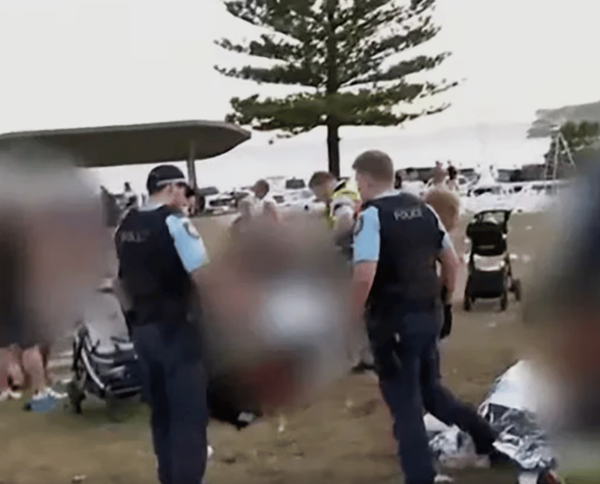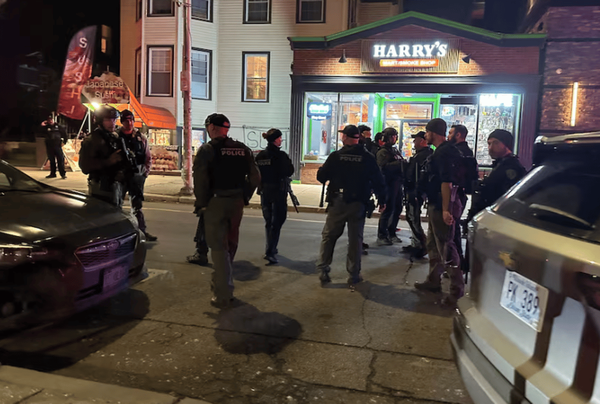Iranian President Mahmoud Pezeshkian offered a rare moment of insight regarding the state of his country’s nuclear program over the weekend in an interview with Tucker Carlson that was published Monday.
U.S. forces struck three facilities across Iran associated with the development of nuclear weapons on June 22. The Natanz, Fordow and Isfahan sites were hit with an array of weaponry including “bunker-buster” bombs dropped by B-2 bombers with the capability of damaging or destroying underground targets. An initial intelligence assessment obtained by Reuters and other news outlets reported that the strikes only set Iranian development efforts back by months, but the White House and Defense Department have insisted that further assessments put the damage at a greater level than was initially reported.
In the lead-up to the interview’s publication, Carlson told viewers of his channel that he didn’t ask Pezeshkian about the status of the nuclear program and the country’s weapons development, given that he expected the Iranian government to be deceptive on the matter.
Still, the Iranian president offered a comment about the program’s fate offhandedly during the interview, telling Carlson: “the facilities there have been severely damaged, and therefore we don’t have any access to them, and we cannot see - unless this access is going to be [restored], we have to wait...to see how much they have been damaged.”
The admission that Iranian officials are apparently still unable to access the underground facilities targeted by U.S. strikes lends credence to the Trump administration’s assertions that heavy damage was done, potentially knocking them totally out of commission for the foreseeable future.
An initial U.S. intelligence assessment was leaked to the press and caused headaches for the administration as it claimed that Iran’s stockpile of uranium was not hit during the attack and that centrifuges at the three sites were mostly intact following the strikes.
Officials including Defense Secretary Pete Hegseth angrily scolded reporters after publication of the assessment, which they blamed on an effort to make the president look bad.
A report from the Wall Street Journal in the days after the initial assessment’s leak detailed a separate assessment delivered to members of Congress by CIA Director John Ratcliffe.
According to Ratcliffe, the strikes were successful in achieving total destruction of the metals conversion site at Esfahan, which was Iran’s only known facility capable of converting enriched uranium into metal — a key final-stage process in production of a weapon, and a capacity that Iran will require years to rebuild.

International Atomic Energy Agency director Rafael Grossi told CBS News in late June that Iran could be producing enriched uranium again within a matter of months, explaining that the country’s nuclear program did not suffer “total” destruction. But the lack of a metals conversion facility could mean that the country is incapable of producing anything beyond a relatively unsophisticated weapon, unless it harbors a secret second site outside of Esfahan.
The Times of Israel reported one expert as saying that it was a credible possibility for Iran to have another hidden metal conversion site.
“It is clear that there has been severe damage, but it's not total damage, first of all,” Gross said. “And secondly, Iran has the capacities there; industrial and technological capacities. So if they so wish, they will be able to start doing this again.”
NBC News reported in late June that experts believed the destruction of Iran’s air defense systems and continued efforts by Israeli intelligence to uncover hidden aspects of Iran’s nuclear capabilities would make keeping a site like Esfahan hidden a near impossibility.
“Iran’s principal challenge in pursuing a covert pathway is going to be keeping it hidden from U.S. and Israeli detection,” Eric Brewer of the Nuclear Threat Initiative told NBC.
“That’s the key challenge, because both countries, particularly Israel, have demonstrated an ability to penetrate Iran’s nuclear program.”







